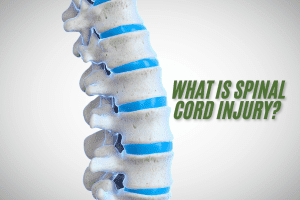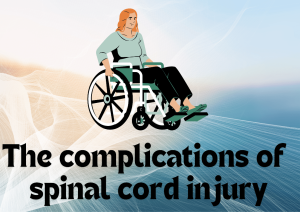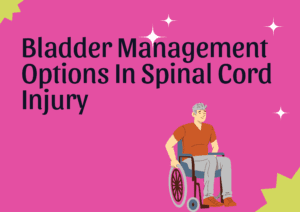
By Scihealthhub – October 19, 2024
Yale and Japanese researchers have demonstrated promising results by treating spinal cord injuries with intravenous injections of bone marrow-derived mesenchymal stem cells (MSCs).
Within weeks of the intravenous stem cell injections, over half of the patients, who had suffered from spinal cord injuries after non-penetrating injuries like falls, showed significant recovery in motor skills and bladder control. Notably, there were no serious adverse effects.
Many of the patients in the study had sustained their injuries several weeks before the treatment. They experienced symptoms such as loss of movement, loss of sensation, and abnormal bowel and bladder function.
The stem cells were extracted from each patient’s own bone marrow, processed, and then injected intravenously.
Although the study was unblinded and lacked placebo controls, the results fuel optimism for future therapies. Extensive trials will be needed to confirm these findings.
Previous studies have used MSCs derived from bone marrow; however, in most of those studies, the MSCs were administered via intramedullary injections (injection directly into the spinal cord) or intrathecal injections (injections into the fluid-filled space around the spinal cord). In contrast, the current study administered them intravenously (through the vein).
The report was published in the Journal of Clinical Neurology and Neurosurgery.
Spinal Cord Injury: A Disabling and Expensive Condition
Spinal cord injuries are among the most incapacitating conditions, leading to varying degrees of movement loss, sensory impairment, and secondary health complications such as pressure sores, urinary tract infections, and cardiovascular issues.
According to the World Health Organization, spinal cord injury is a major cause of long-term disability, accounting for over 4.5 million years of life lived with disability (YLDs) in 2021.
The physical limitations caused by spinal cord injuries can greatly affect an individual’s quality of life, often requiring long-term care and assistance with daily activities. Beyond the disabling nature of these injuries, the financial burden is significant. Medical costs for surgeries, rehabilitation, assistive devices like wheelchairs, and ongoing treatments can be enormous. Additionally, there is the cost of reduced productivity due to unemployment or decreased earning potential.
One study estimated the lifetime economic burden per individual with spinal cord injury to be between $1.5 million and $3.0 million.
Stem Cell Treatment for Spinal Cord Injuries
There is currently no effective treatment that can fully repair damage to the spinal cord and restore lost functions, but researchers are continually working on new therapies.
Stem cell therapy is one such promising approach. Stem cells, which can differentiate into various cell types, may help regenerate nerve cells, reduce inflammation, and promote healing in the injured spinal cord.
Researchers have explored different types of stem cells, including adult stem cells (ASCs), embryonic stem cells (ESCs), and induced pluripotent stem cells (iPSCs). ASCs are cells found in tissues after birth that can renew themselves or generate new cells to replace dead or damaged tissue.
The MSCs used in the above study are a subtype of ASCs. Among stem cells, MSCs are particularly interesting for spinal cord injury treatment. MSCs can transform into various tissue types, such as cartilage, bone, fat, and nervous tissue. In people with spinal cord injuries, MSCs can reduce inflammation, protect nerve cells, and promote tissue regeneration.
While clinical trials have yielded encouraging results, such as improved motor function and reduced complications, stem cell therapy for spinal cord injury remains a work in progress. Continued research is crucial to optimize these treatments and ensure their safety and effectiveness for widespread clinical use.






